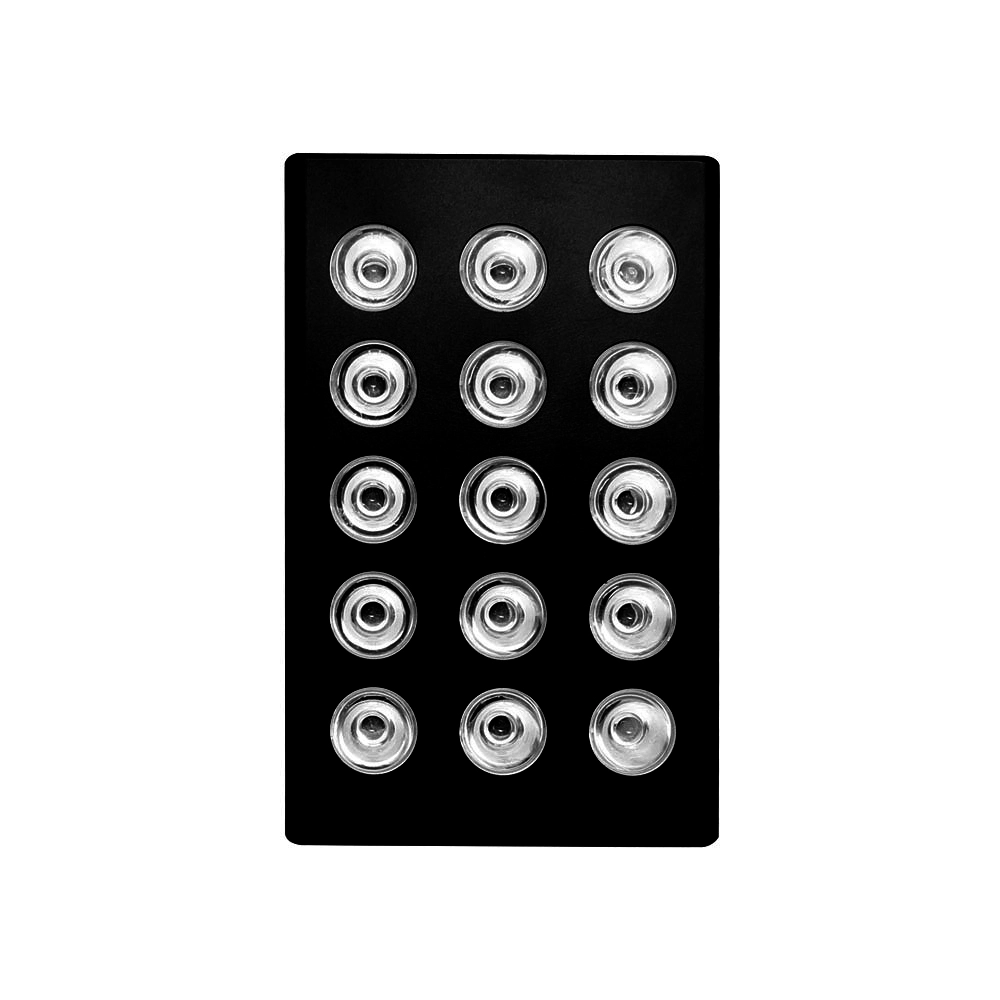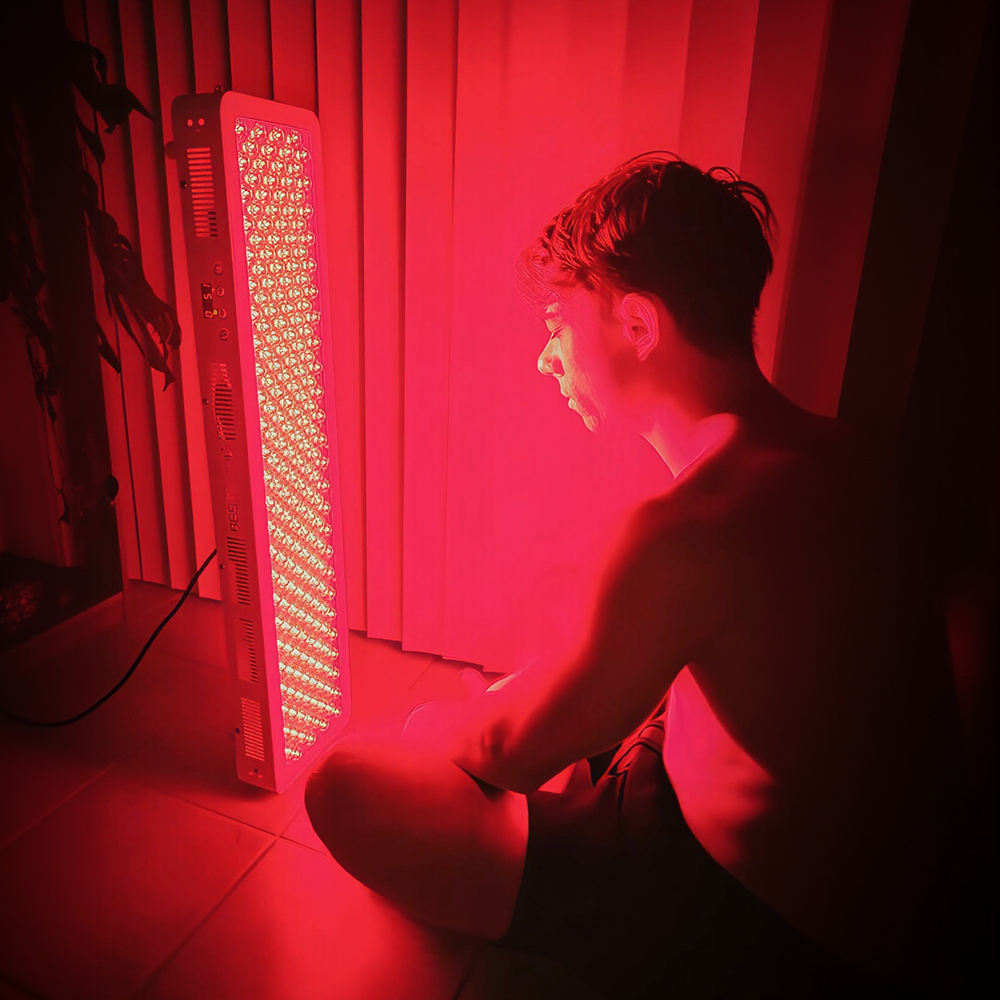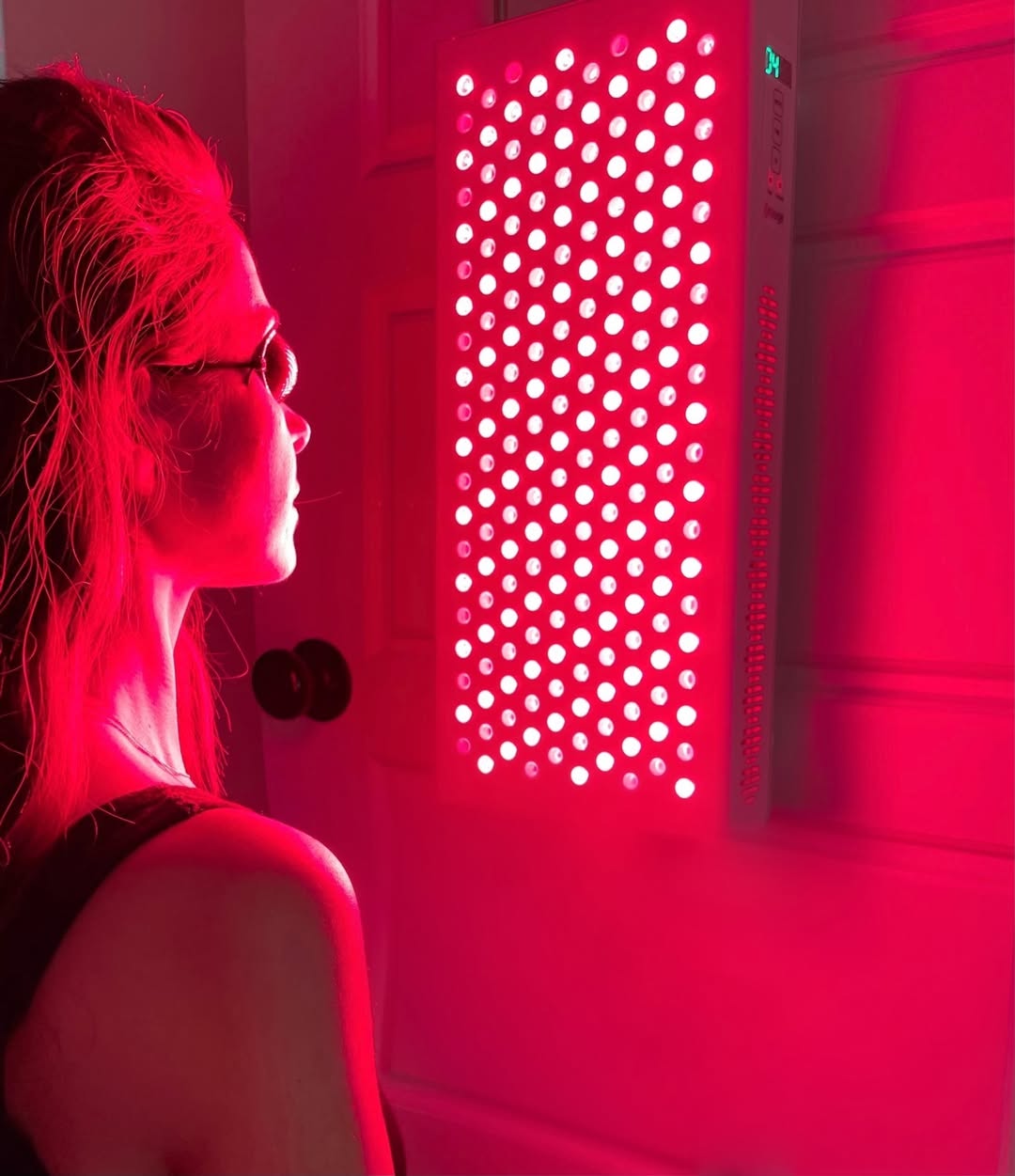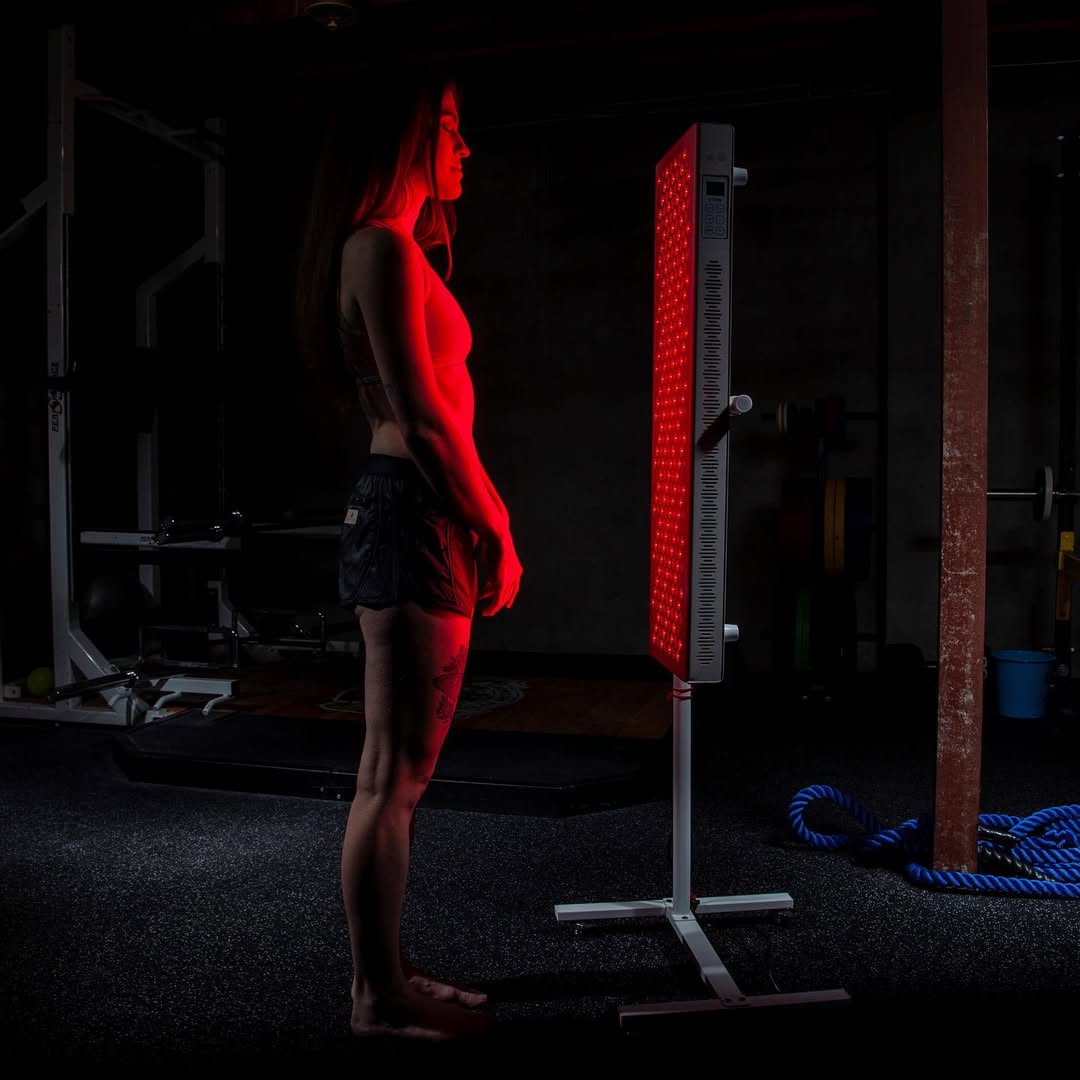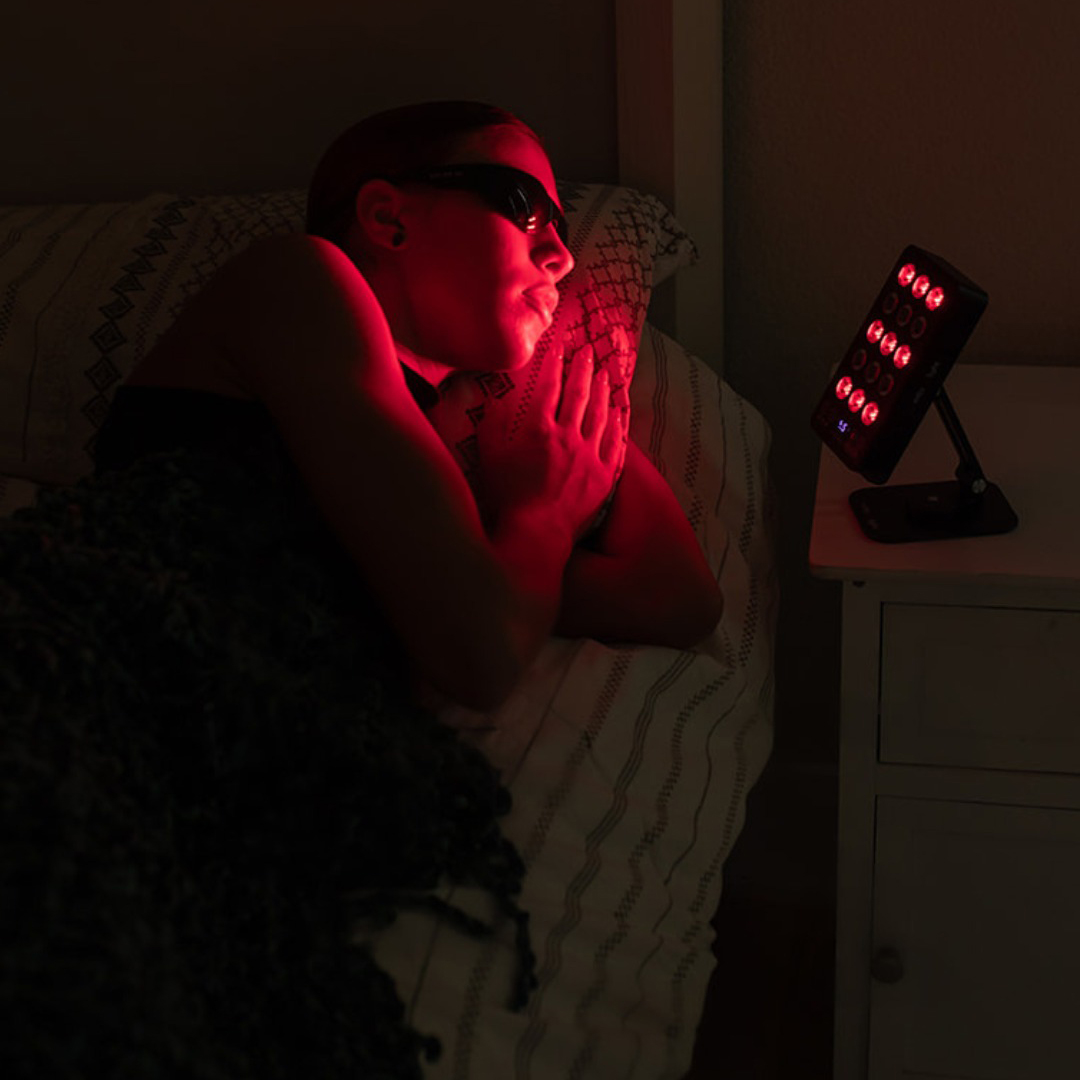![]() Free Shipping
Free Shipping ![]() Buy Now, Pay Later
Buy Now, Pay Later ![]() Eligible
Eligible
Red Light Therapy for Dog Hip Dysplasia: A Comprehensive Guide for Pet Owners
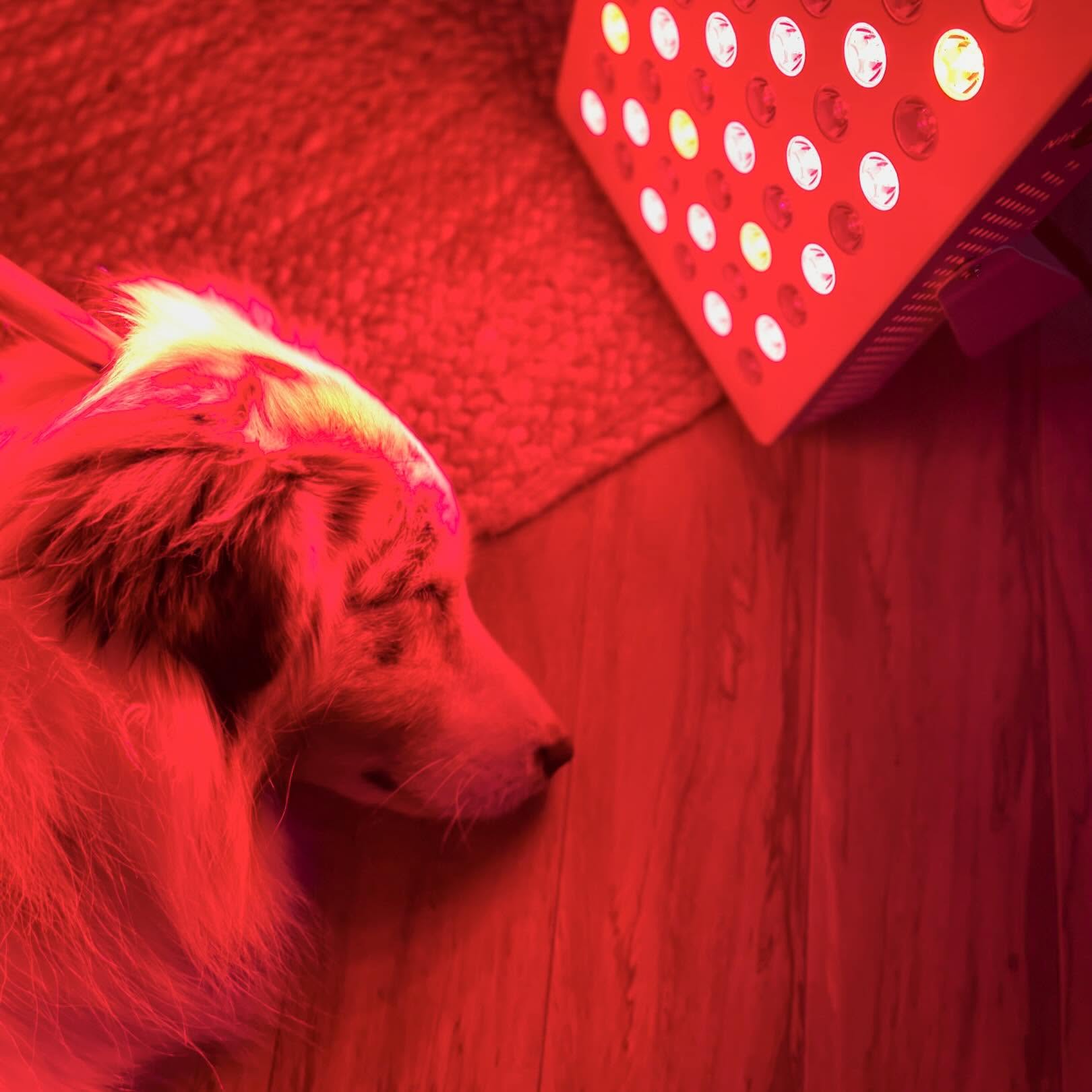
Meta Description: 1: Red Light Therapy for Dog Hip Dysplasia: Easing Pain with Light
Watching a beloved dog struggle with the pain and stiffness of hip dysplasia is heart-wrenching for any pet owner. While traditional treatments like medication, supplements, and surgery are common, a growing number of veterinarians and pet parents are turning to a non-invasive, drug-free solution: Red Light Therapy (RLT).
Also known as Photobiomodulation (PBM), this cutting-edge treatment uses specific wavelengths of light to penetrate tissue and stimulate the body’s own natural healing processes. This article delves into how red light therapy can be a game-changer in managing your dog’s hip dysplasia symptoms and improving their quality of life.
What is Canine Hip Dysplasia?
Before exploring the solution, it’s crucial to understand the problem. Canine hip dysplasia is a common skeletal condition, often hereditary, where the ball and socket of the hip joint do not fit together properly. This poor fit leads to:
- Laxity and Instability: The joint is loose.
- Pain and Inflammation: As the bones grind and rub incorrectly.
- Cartilage Degeneration: The protective cartilage wears down.
- Osteoarthritis: The body forms bony spurs in an attempt to stabilize the joint, leading to chronic arthritis.
Symptoms include limping, difficulty rising, “bunny-hopping” gait, reluctance to run or jump, and visible pain in the hip area.
How Does Red Light Therapy Work? The Science of Healing Light
Red light therapy works at a cellular level. When specific wavelengths of red and near-infrared (NIR) light are applied to the skin, they are absorbed by the mitochondria—the powerhouses of our cells.
Dr. Sarah Wallace, DVM, explains: “Think of mitochondria as tiny batteries in each cell. In a diseased or injured state, these batteries can’t produce energy efficiently. The photons from red and near-infrared light give these mitochondria a ‘jump-start,’ significantly increasing ATP (adenosine triphosphate) production, which is the fundamental energy currency of the cell.”
This boost in cellular energy triggers a cascade of therapeutic effects:
- Reduced Inflammation: It increases blood flow and lymphatic drainage while modulating the immune response, effectively reducing swelling and inflammation in the joint.
- Pain Relief: The therapy stimulates the release of endorphins, the body’s natural painkillers, and helps block pain signals to the brain.
- Accelerated Tissue Repair: Enhanced ATP production fuels the repair of damaged muscles, tendons, and cartilage.
- Improved Circulation: It promotes the formation of new capillaries, bringing more oxygen and nutrients to the damaged hip joint.
Key Benefits of Using Red Light Therapy for Hip Dysplasia
Integrating RLT into your dog’s care regimen offers numerous advantages, especially for a chronic condition like hip dysplasia.
- Non-Invasive and Painless: No needles, no surgery. Most dogs find the treatment relaxing.
- Drug-Free Pain Management: Reduces reliance on NSAIDs, which can have side effects on the liver and kidneys with long-term use.
- Zero Known Side Effects: When used correctly, it is exceptionally safe.
- Complements Other Treatments: It works wonderfully alongside other therapies like physical rehab, acupuncture, and joint supplements.
- Can Be Used at Home: With a high-quality, veterinary-grade device, you can provide consistent treatment in the comfort of your home.
A testimonial from a user, Mark R.: *”After our 8-year-old Lab, Buddy, was diagnosed with severe dysplasia, he was on pain meds constantly. Since we started using a red light therapy pad at home, his mobility has improved dramatically. He’s playing in the yard again, and we’ve been able to cut his medication in half. It’s been nothing short of miraculous for us.”*
Red Light Therapy vs. Traditional Hip Dysplasia Treatments
Here’s a quick comparison of how RLT stacks up against other common management strategies.
| Treatment Method | How It Helps | Potential Drawbacks |
|---|---|---|
| Red Light Therapy | Reduces pain & inflammation, promotes healing at a cellular level. | Requires consistency; upfront cost for a home device. |
| NSAIDs (Pain Meds) | Quickly reduces pain and inflammation. | Risk of side effects (kidney, liver, GI) with long-term use. |
| Joint Supplements | Supports cartilage health and joint lubrication. | Slow to show effects; not a direct pain reliever. |
| Physical Therapy | Improves muscle strength, supports the joint, increases range of motion. | Requires frequent trips to a clinic; can be costly. |
| Surgery (e.g., FHO, THR) | Can permanently correct the joint mechanics. | Invasive, expensive, requires lengthy recovery and rehab. |
How to Use Red Light Therapy on Your Dog
Using RLT effectively requires consistency and proper technique.
- Consult Your Veterinarian: Always get a diagnosis and treatment plan from your vet before starting any new therapy.
- Choose the Right Device: Look for a device that combines red (630-660nm) and near-infrared (810-850nm) wavelengths. NIR penetrates deeper, making it ideal for reaching the hip joint.
- Positioning is Key: Part the fur over the hip area to allow maximum light penetration. You can treat both hips.
- Treatment Time and Frequency: A typical session lasts 5-15 minutes per area. For acute flare-ups, daily treatment is ideal. For maintenance, 3-5 times per week may be sufficient. Always follow the guidelines provided with your specific device.
- Make it a Positive Experience: Use treats and a calm voice to help your dog associate the therapy with relaxation.
VELLGUS Elite V2
THE #1 RATED RED LIGHT DEVICE
What to Look for in a Red Light Therapy Device
Not all devices are created equal. For a deep-seated condition like hip dysplasia, you need a powerful and safe device.
- Wavelengths: A combination of red (660nm) and near-infrared (850nm) is considered the “sweet spot.”
- Power Density (mW/cm²): Higher power density means shorter treatment times and more effective results.
- Treatment Size: A pad with multiple LEDs can cover a larger area, like the hips and lower back, more efficiently.
- Veterinary Endorsement: Choose a company that works with or is recommended by veterinary professionals.
Red light therapy represents a significant advancement in managing canine hip dysplasia. By harnessing the power of light to reduce pain, decrease inflammation, and promote healing from within, it offers a safe and effective way to improve your dog’s mobility and overall well-being.
While it may not be a cure, it is a powerful tool that can significantly enhance your dog’s quality of life, potentially reducing their need for medication and helping them stay active and happy for years to come.



